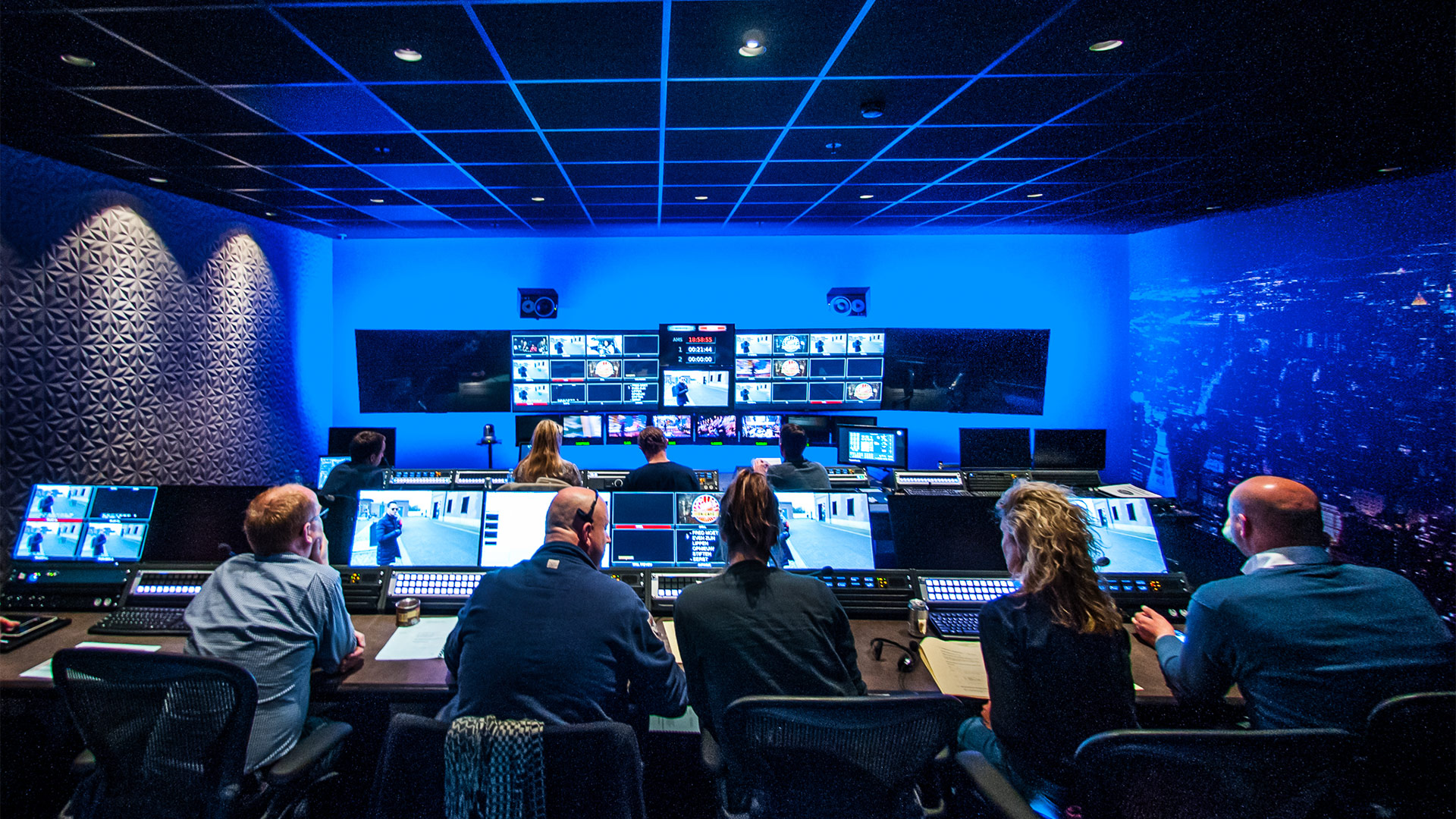Introduction
In the fast-evolving landscape of television and streaming services, the way we consume live events is undergoing a significant transformation. Internet Protocol Television (IPTV) stands at the forefront of this revolution, promising to reshape the future of live event broadcasting. As technological advancements continue to surge forward, the convergence of traditional broadcasting methods with IPTV opens up a realm of possibilities, offering unparalleled convenience, interactivity, and scalability for audiences worldwide.
What is IPTV?
Before delving into the future implications, let’s understand what IPTV entails. IPTV utilizes Internet Protocol (IP) networks to deliver television content, including live TV, video on demand (VOD), and interactive multimedia services, directly to users’ devices. Unlike traditional broadcasting methods, which rely on satellite or cable systems, IPTV streams content over broadband internet connections, allowing for greater flexibility and customization in content delivery.
The Future of Live Event Broadcasting
Enhanced Viewer Experience: IPTV revolutionizes the way audiences engage with live events by offering personalized viewing experiences. With features such as multi-camera angles, on-demand replays, and interactive overlays, viewers can tailor their experience to suit their preferences, creating a more immersive and engaging atmosphere.
- Global Reach: One of the most significant advantages of IPTV is its ability to transcend geographical boundaries, enabling live events to reach a global audience instantaneously. Whether it’s sports tournaments, concerts, or cultural events, IPTV allows viewers from different parts of the world to tune in simultaneously, fostering a sense of global connectivity and inclusivity.
- Scalability and Flexibility: IPTV’s scalability makes it an ideal platform for broadcasting events of varying sizes, from small-scale local gatherings to large-scale international extravaganzas. Its flexible nature allows broadcasters to adapt to changing viewer demands and scale their infrastructure accordingly, ensuring seamless delivery without compromising on quality.
- Interactivity: IPTV opens up new avenues for audience interaction, enabling real-time engagement through features such as live polls, social media integration, and interactive chatrooms. This interactivity not only enhances the viewing experience but also fosters a sense of community among viewers, turning live events into shared experiences.
- Monetization Opportunities: With IPTV, broadcasters can explore diverse monetization strategies beyond traditional advertising, such as pay-per-view models, subscription-based services, and targeted content partnerships. This diversified revenue stream not only benefits broadcasters but also offers viewers greater flexibility in how they access and pay for content.
- Advanced Analytics: IPTV’s digital nature enables the collection of valuable data insights, including viewer demographics, viewing habits, and engagement metrics. By leveraging advanced analytics tools, broadcasters can gain a deeper understanding of their audience and tailor content delivery strategies to maximize viewer satisfaction and retention.
Conclusion
As IPTV continues to reshape the landscape of live event broadcasting, the future looks promising for both broadcasters and viewers alike. With its enhanced viewer experience, global reach, scalability, interactivity, monetization opportunities, and advanced analytics capabilities, IPTV stands poised to revolutionize how we consume live events in the digital age. Embracing this technology opens up a world of possibilities, where the boundaries between traditional broadcasting and digital streaming blur, ushering in a new era of immersive, personalized, and globally accessible live entertainment experiences. Click here to check out our subscription plans and start your IPTV journey now!


